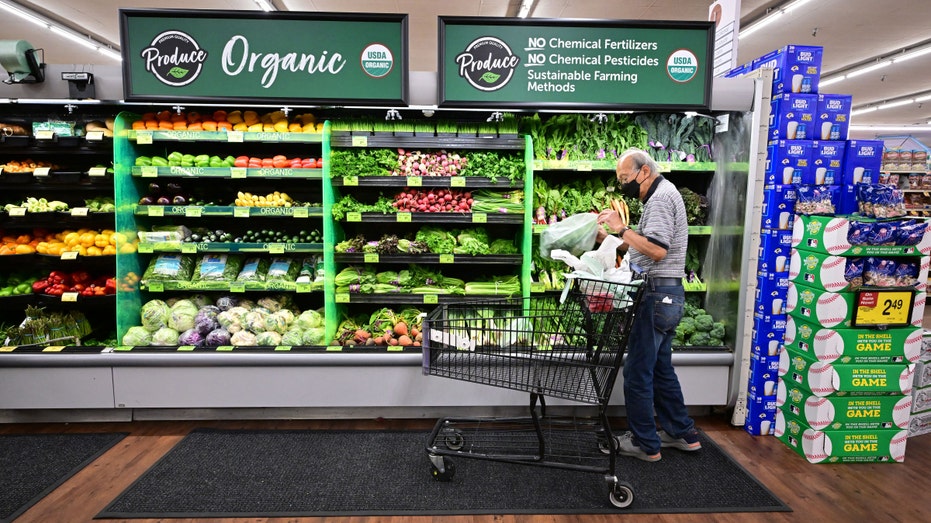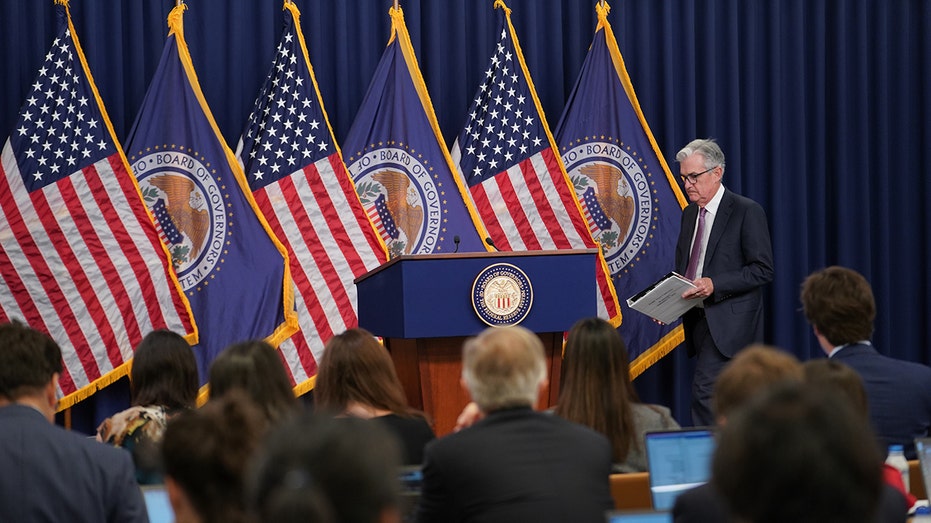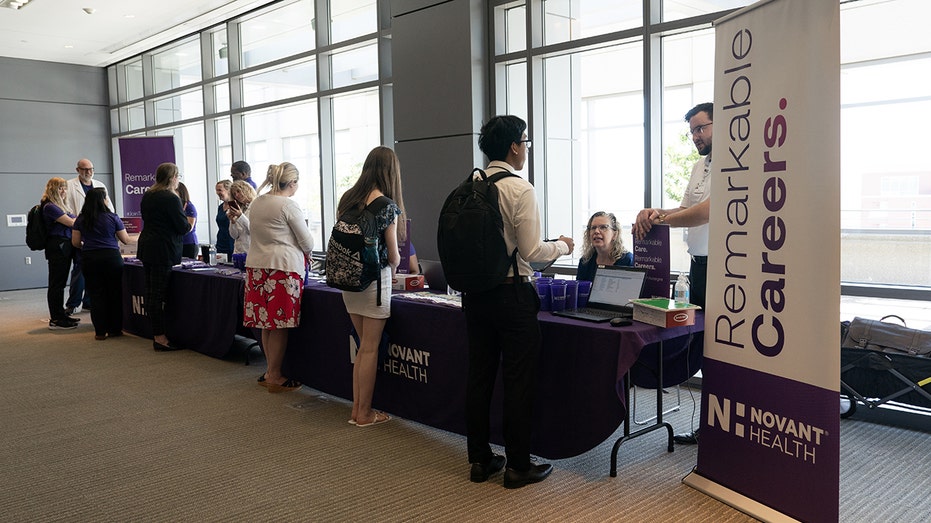LinkedIn, the social media network owned by Microsoft Corp (MSFT.O) that focuses on business professionals, said on Monday it would cut 716 jobs as demand wavers, while also shutting down its China-focused job application.
LinkedIn, which has 20,000 employees, has grown revenue each quarter during the last year, but it joins other major technology companies including its parent in laying off workers amid a weakening global economic outlook.
In the past six months, more than 270,000 tech jobs globally have been cut, according to Layoffs.fyi, which has been tracking the fallout.
LinkedIn makes money through ad sales and also by charging for subscriptions to recruiting and sales professionals who use the network to find prospects.
In a letter to employees, LinkedIn CEO Ryan Roslansky said the move to cut roles in its sales, operations, and support teams was aimed at streamlining the company's operations and would remove layers to help make quicker decisions.
"With the market and customer demand fluctuating more, and to serve emerging and growth markets more effectively, we are expanding the use of vendors," Roslansky wrote.
A LinkedIn spokesperson said the vendors were "external partners" who would take on new and existing work.
Roslansky also said in the letter that the changes would result in creating 250 new jobs. The spokesperson said that employees affected by the cuts would be eligible to apply for those roles.
LinkedIn also said it was eliminating the slimmed-down jobs app that it offers in China after it decided in 2021 to mostly withdraw from the country, citing a "challenging" environment. The remaining China app, called InCareers, will be phased out by Aug. 9, LinkedIn said.
"Despite our initial progress, InCareer faced fierce competition and a challenging macroeconomic climate, which ultimately led us to the decision of discontinuing the service," the company told users of the website.
LinkedIn will retain a presence in China to help companies operating there to hire and train employees outside the country, the company spokesperson said.
In the tech sector, large companies have accounted for the bulk of recent layoffs, including 27,000 at Amazon.com Inc (AMZN.O), the most in its history.
Facebook owner Meta Platforms Inc (META.O) shed 21,000, and Google parent Alphabet Inc (GOOGL.O) has laid off 12,000.
Before LinkedIn's announcement, 5,000 technology jobs had been eliminated in May alone, according to Layoffs.fyi.
Microsoft, which bought LinkedIn for around $26 billion in 2016, has announced some 10,000 job cuts in recent months and took a $1.2 billion charge related to the layoffs.
Americans are bracing for higher inflation over the next few years even as they anticipate a drop in consumer prices over the short term, according to a key Federal Reserve Bank of New York survey published Monday.
The median expectation is that the inflation rate will be up 4.4% one year from now, according to the New York Federal Reserve's Survey of Consumer Expectations, down from 4.7% in March.
But consumers anticipate that inflation will remain sticky in coming years, according to the survey, estimating that inflation will hover around 2.9% three years from now and 2.6% five years from now. By comparison, central bank policymakers projected in their latest economic forecasts that inflation will fall to 2.5% next year.
Americans expect the cost of homes and gasoline to climb over the next year, but they projected declines in the price of college tuition and food.

A shopper looks at organic produce at a supermarket in Montebello, California, on Aug. 23, 2022. ((Photo by FREDERIC J. BROWN/AFP via Getty Images) / Getty Images)
The survey, which is based on a rotating panel of 1,300 households, plays a critical role in determining how Fed policymakers respond to the inflation crisis. That is because actual inflation depends, at least in part, on what consumers think it will be. It is sort of a self-fulfilling prophecy – if everyone expects prices to rise by 3% in the year, that signals to businesses that they can increase prices by at least 3%. Workers, in turn, will want a 3% pay raise to offset the rising costs.
Chairman Jerome Powell has repeatedly stressed that policymakers are committed to wrangling inflation back to the Fed's 2% target goal.
"Ultimately, we're not looking to get to 3% and then drop our tools," Powell told reporters last week after the Fed's two-day meeting. "We have a goal of getting to 2%. We think it's going to take some time. We don't think it will be a smooth process. I think we're going to need to stay at this for a while."

Federal Reserve Chairman Jerome Powell arrives to speak during a news conference following a Federal Open Market Committee meeting in Washington, D.C., on Sept 21, 2022. (Photographer: Sarah Silbiger/Bloomberg via Getty Images / Getty Images)
Policymakers already lifted the benchmark federal funds rate 10 consecutive times and opened the door to pausing the tightening cycle at their next meeting in June.
The latest inflation expectation projections come just two days before the release of new consumer price index data, which is expected to show the growing stickiness of higher inflation: Economists surveyed by Refinitiv expect that inflation rose 0.1% from the previous month and 5% from the previous year, more than double the pre-pandemic average.
More concerning is that economists expect core inflation – which excludes the more volatile measurements of food and energy – to increase by 0.4% for the month and 5.6% from the previous year.

Attendees at a healthcare career fair at Cape Fear Community College in Wilmington, North Carolina on Wednesday, Feb. 28, 2023. (Photographer: Allison Joyce/ Bloomberg / Getty Images)
The report also found that more Americans are feeling pessimistic about the outlook for the labor market.
Mean unemployment expectations – or the probability that U.S. unemployment will be higher one year from now – increased by 1.1 percentage point to 41.8% in April, according to the survey. That is up from the 12-month trailing average of 40.2%.
At the same time, the mean perceived probability of losing one's job in the next 12 months jumped by 0.8 percentage points to 12.2%.
Should they lose their job, more Americans are worried they will be unable to find a replacement: The mean perceived probability of finding a job dropped from 57.6% in March to 55.2% in April, the lowest reading since September 2021.

